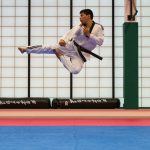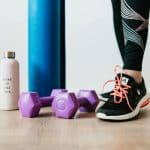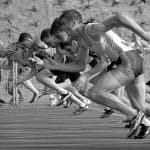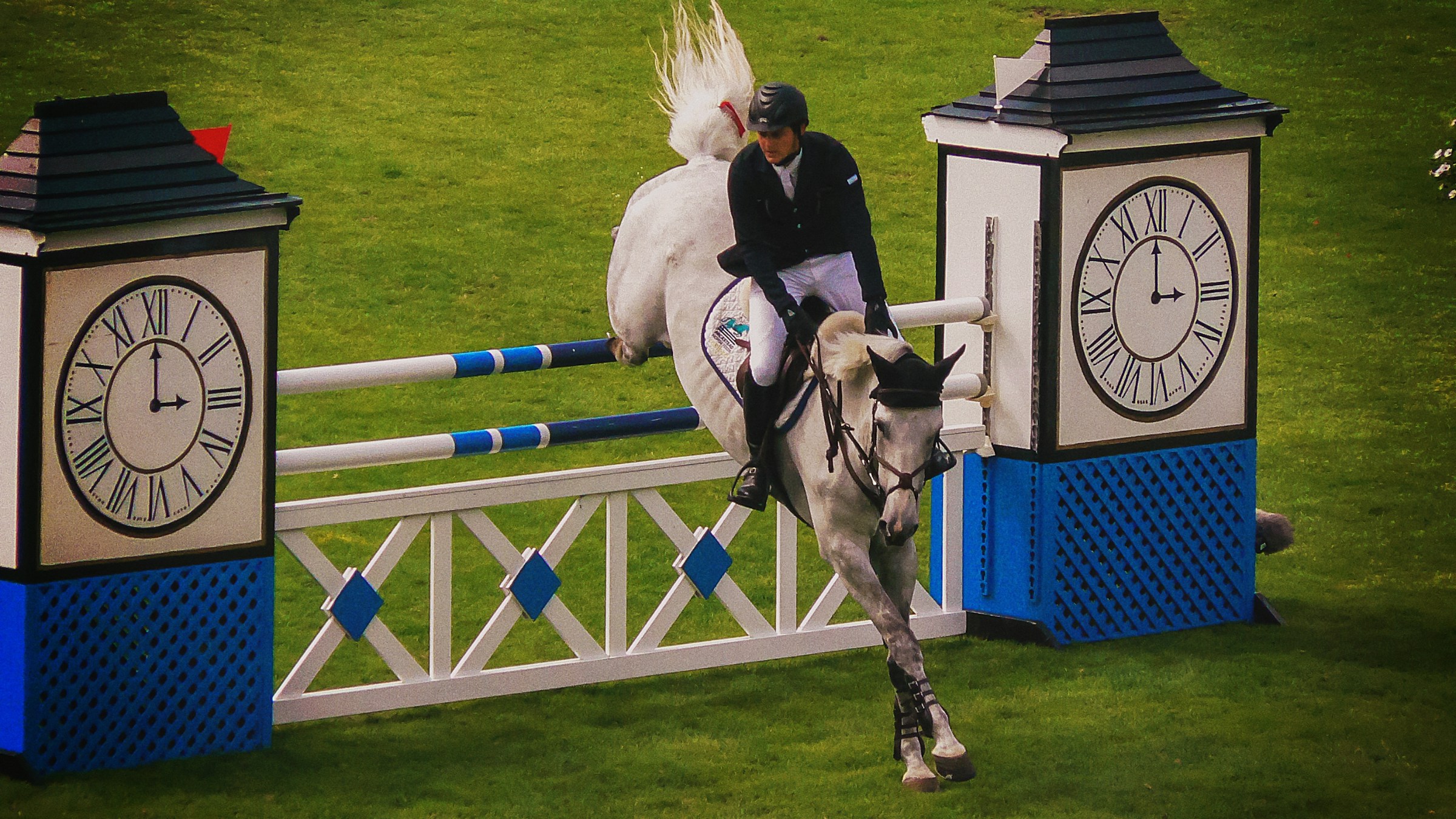Horse-jumping is an alluring facet of equestrian sports that demands a breathtaking blend of power, grace, and precision. Whether you are an amateur or a seasoned professional, the key to excelling in this discipline lies in the heart of your training. It’s about understanding the intricacies of your horse and leveraging a customized training regimen that targets specific skills and strengths. This article looks into how riders can tailor their training to enhance their horse-jumping precision.
Understanding Your Horse’s Physicality
Before delving into the training aspect, the first step is gaining an understanding of your horse’s physical capabilities. Each horse is unique, and their abilities can vary significantly. When it comes to jumping, it is essential to take into account their physical attributes, such as the strength of their leg muscles, their size, and their agility.
A voir aussi : What are the best predictive analytics tools for analyzing performance in professional cricket?
Horses come in various shapes and sizes, each with its strengths and weaknesses. A horse with long legs may be better suited for high jumps, whereas a horse with strong hindquarters may have an advantage in speed and power. Therefore, evaluating your horse’s physicality will help you identify which areas to focus on during training.
Developing a Customized Training Program
Having understood your horse’s physicality, the next step is designing a training program that caters to their specific needs. This can involve a combination of various exercises, like dressage and cross-country, to help build strength and improve agility.
A lire également : How should mixed martial artists structure their recovery periods to maximize muscle repair?
Remember, the aim is to enhance the horse’s jumping precision, which means improving their ability to approach, take off, and land accurately. Therefore, your training program should include a range of exercises that focus on these aspects. For instance, incorporating dressage into the training regimen can help improve the horse’s balance and control, which are critical for precise jumping.
Building Strength and Endurance
Strength and endurance play a crucial role in horse jumping. They enable the horse to produce the necessary power for the jump and sustain their performance throughout a competition. Thus, your training program should contain exercises that help develop these attributes.
Groundwork exercises can be a great way to build strength. These involve various movements that engage the horse’s core and leg muscles. For instance, trotting over poles or walking up hills can be an effective way to strengthen the hindquarters, which are crucial for jumping power.
On the other hand, endurance can be developed through long, slow distance rides. These types of rides condition the horse’s muscles for extended periods of work and improve their cardiovascular fitness.
Enhancing Rider-Horse Communication
A significant aspect of horse jumping precision is the bond and communication between the rider and the horse. A horse will perform better when it understands its rider’s cues and commands.
To enhance this communication, riders need to work on their body language and cues. This includes working on their leg and rein signals, which are crucial for directing the horse during a jump.
Riders should also spend time bonding with their horse outside of training sessions. This can involve grooming, feeding, or simply spending time with the horse. This not only strengthens the bond between the rider and the horse but also builds trust, which can significantly improve performance during jumps.
Regular Assessment and Adjustment of Training Program
Lastly, it is important to regularly assess your horse’s performance and adjust the training program accordingly. This involves monitoring their progress and identifying any areas of improvement or concern.
For instance, if your horse is struggling with high jumps, you might need to incorporate more strength-building exercises into the training regimen. On the other hand, if your horse frequently knocks poles during a jump, you may need to work on improving their approach and take-off.
Remember, the key to a successful training program is flexibility. It should be dynamic, adapting to the horse’s evolving needs and abilities. With the right approach, you can significantly enhance your horse’s jumping precision, elevating both your performance and enjoyment of the sport.
Utilizing Social Media for Training Tips and Inspiration
In this digital age, social media platforms such as Facebook, Instagram, Pinterest, Twitter, and YouTube have become valuable resources for horse riders who wish to improve their craft. Riders can follow renowned equestrian athletes, trainers, and organizations to gain insights into their training methods.
These platforms offer a plethora of content, including tips, tutorials, and demonstrations of exercises that can enhance horse-jumping precision. The interactive nature of social media also allows riders to pose questions, share experiences, and receive advice from a larger equestrian community.
One such aspect of horse-jumping precision that can be improved through online inspiration is strength conditioning. Top-level riders often share their strength training exercises for both horse and rider. These exercises target specific muscle groups that are essential for horse riding, particularly horse jumping.
For instance, riders can benefit from upper body strength exercises that improve their control over the horse’s movement. Strengthening the core and lower body, on the other hand, can help riders maintain their balance during a jump. As for the horse, strength training can enhance their power, improving their ability to jump higher and more accurately.
Similarly, riders can find inspiration for exercises that improve the horse’s responsiveness to leg aids. These could be simple exercises that require the horse to move in response to light pressure from the rider’s leg, or more complex exercises that mimic the maneuvers required during a jump.
Implementing a High Level of Horse Care for Optimal Performance
One should not underestimate the role of horse care in enhancing their horse’s jumping precision. A horse that is well-cared for will perform better, be more receptive to training, and have a reduced risk of injury.
Firstly, it’s crucial to tend to the horse’s diet. A well-balanced diet will provide the necessary nutrients for strength and endurance, which are key for jumping. This should be complemented with sufficient hydration, especially during strenuous training sessions.
The condition of a horse’s hooves also affects their performance. Regular hoof care, including trimming and shoeing, can prevent soreness and injury. Additionally, keeping the horse’s hind legs healthy is key, as these are heavily relied upon during a horse jump.
Lastly, adequate rest is just as important as training. Horses need to have enough downtime to recover from the physical demands of training. This rest period allows the horse’s muscle groups to heal and strengthen, preparing them for the next training session.
Conclusion
To sum up, customizing horse-jumping training is a multifaceted process that requires a deep understanding of the horse’s physicality, the implementation of a well-rounded training program, and continuous assessment and adjustment.
The strength of the rider also plays a key role in controlling and directing the horse, making strength conditioning a necessity for both horse and rider. Leveraging social media platforms can provide valuable tips and inspiration for enhancing these aspects of training and horse care.
Moreover, the bond between the horse and the rider is fundamentally important, and fostering this relationship can significantly improve the horse’s performance. Remember, the key is to be adaptable and responsive to your horse’s needs, continually striving for that perfect harmony between horse and rider in the majestic art of horse-jumping. With commitment and dedication, you can achieve a high level of precision and enjoy the thrilling experience of horseback riding to the fullest.










